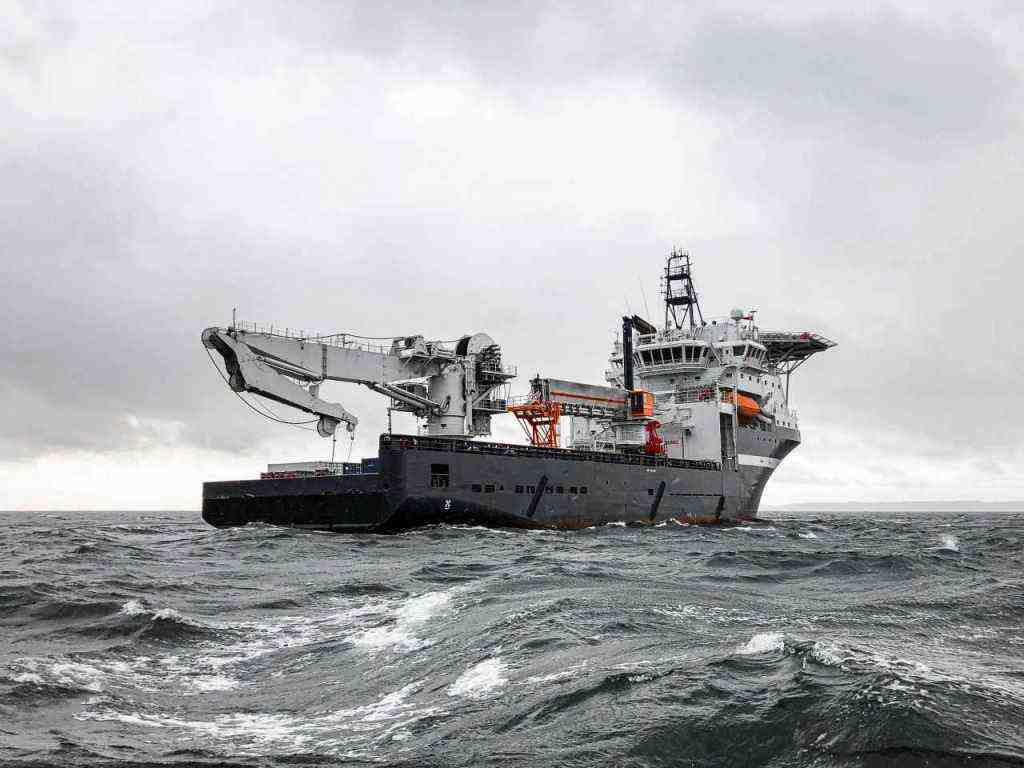Ensuring Offshore Wind Development Coexists with Marine Life: A Focus on the North American Right Whale
Introduction
Humankind’s urgent quest for clean and renewable energy sources has propelled offshore wind energy to the forefront of promising solutions. Yet, this pursuit intertwines with the preservation of marine life, particularly endangered species like the North American right whale. Recognizing this delicate balance, two prominent US environmental agencies, the Bureau of Ocean Energy Management (BOEM) and the National Oceanic and Atmospheric Administration (NOAA), have unveiled a visionary strategy that harmonizes offshore wind development with marine life protection. By wielding artificial intelligence (AI), passive acoustic monitoring, and a collaborative spirit, this strategy aims to minimize the impact of offshore wind farms on marine animals, fostering a sustainable coexistence between energy generation and biodiversity conservation.
Background: The Plight of the North American Right Whale
The North American right whale stands as a poignant symbol of the fragility of marine life in the face of human activities. With a population hovering around 360 individuals, this critically endangered species clings to survival amidst a myriad of threats. Climate change, habitat loss, and human-induced perils, such as ship strikes and entanglements in fishing gear, have pushed this majestic creature to the brink of extinction. The US government, deeply concerned about the right whale’s plight, has taken decisive action to protect these gentle giants.
The Joint Strategy: A Multifaceted Approach
The joint strategy crafted by BOEM and NOAA is a multi-pronged endeavor, meticulously designed to safeguard North American right whales and other marine life while enabling responsible offshore wind development. This comprehensive approach encompasses:
1. Artificial Intelligence and Passive Acoustic Monitoring
This innovative approach harnesses the power of AI and passive acoustic monitoring systems to gather real-time data on the location and behavior of North Atlantic right whales. This invaluable information empowers authorities to pinpoint areas of high whale density and potential conflict with offshore wind farms. By steering clear of these sensitive areas during construction and operation, the strategy aims to minimize the risk of harming or displacing these endangered whales.
2. Establishing Noise Limits and Developing Quieter Technologies
Recognizing the potential impact of noise pollution on marine life, the strategy imposes stringent noise limits during the construction and operation of offshore wind farms. These limits aim to mitigate the potential effects of underwater noise on marine animals, including disruption of communication, habitat displacement, and hearing loss. Additionally, the strategy encourages the development and implementation of innovative technologies that minimize noise pollution, further safeguarding marine life from the potential impacts of offshore wind energy.
3. Robust Sound Field Verification and Research
The strategy emphasizes the importance of robust sound field verification to accurately measure noise levels in the vicinity of offshore wind farms. This information is crucial for assessing the effectiveness of noise mitigation measures and guiding future development decisions. Furthermore, the strategy supports research efforts aimed at developing new technologies and management practices to further reduce the impact of offshore wind energy on marine life, ensuring the continued coexistence of renewable energy and marine biodiversity.
4. Collaboration and Stakeholder Engagement
Recognizing the importance of collective action, the strategy fosters open dialogue and cooperation among stakeholders, including government agencies, industry representatives, environmental organizations, and the scientific community. This collaborative approach ensures that all perspectives are considered, and the best available science informs decision-making. By working together, stakeholders can find common ground and develop solutions that balance the need for clean energy with the protection of marine life.
Progress and Challenges
President Biden’s audacious goal of deploying 30 gigawatts of offshore wind by 2030 serves as a driving force behind this joint strategy. As of September 2023, 30 offshore wind lease areas have been designated along the East Coast, demonstrating the accelerated pace of development.
Despite this progress, challenges remain. Opponents of offshore wind energy have pointed to the recent increase in dead whales washing ashore on the East Coast as evidence of harm caused by offshore wind projects. However, agencies maintain that there is no conclusive evidence linking these mortalities to offshore wind development. Many whales have been victims of ship strikes or entanglement in fishing gear, highlighting the need for a comprehensive approach to protecting marine life.
The Role of Climate Change
The looming threat of climate change casts a long shadow over the efforts to protect North American right whales. Climate change impacts every aspect of their survival, from altering ocean habitats and prey availability to disrupting migratory patterns. The transition to cleaner, renewable energy sources, such as offshore wind, becomes even more critical in this context. By reducing our reliance on fossil fuels, we can mitigate the impacts of climate change and create a more sustainable future for both humans and marine life.
Conclusion: Striking a Balance
The joint strategy developed by BOEM and NOAA represents a significant step forward in the delicate balancing act between the need for clean energy and the protection of marine life. By utilizing cutting-edge technology, establishing noise limits, promoting research, and fostering collaboration, the strategy aims to minimize the impact of offshore wind farms on North American right whales and other marine animals. As offshore wind development progresses, continued monitoring, adaptive management, and stakeholder engagement will be essential to ensure the coexistence of renewable energy and marine biodiversity. Only through collective action and a shared commitment to sustainability can we create a future where clean energy and marine life thrive in harmony.
